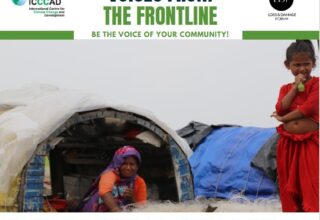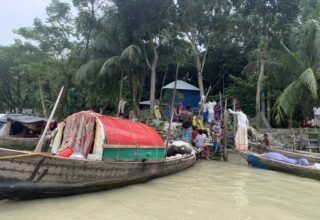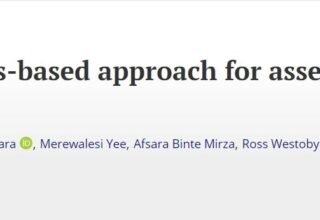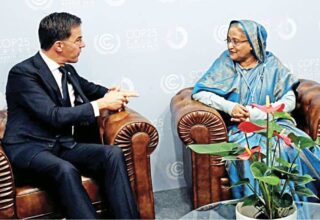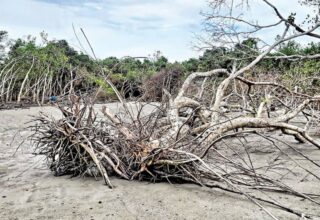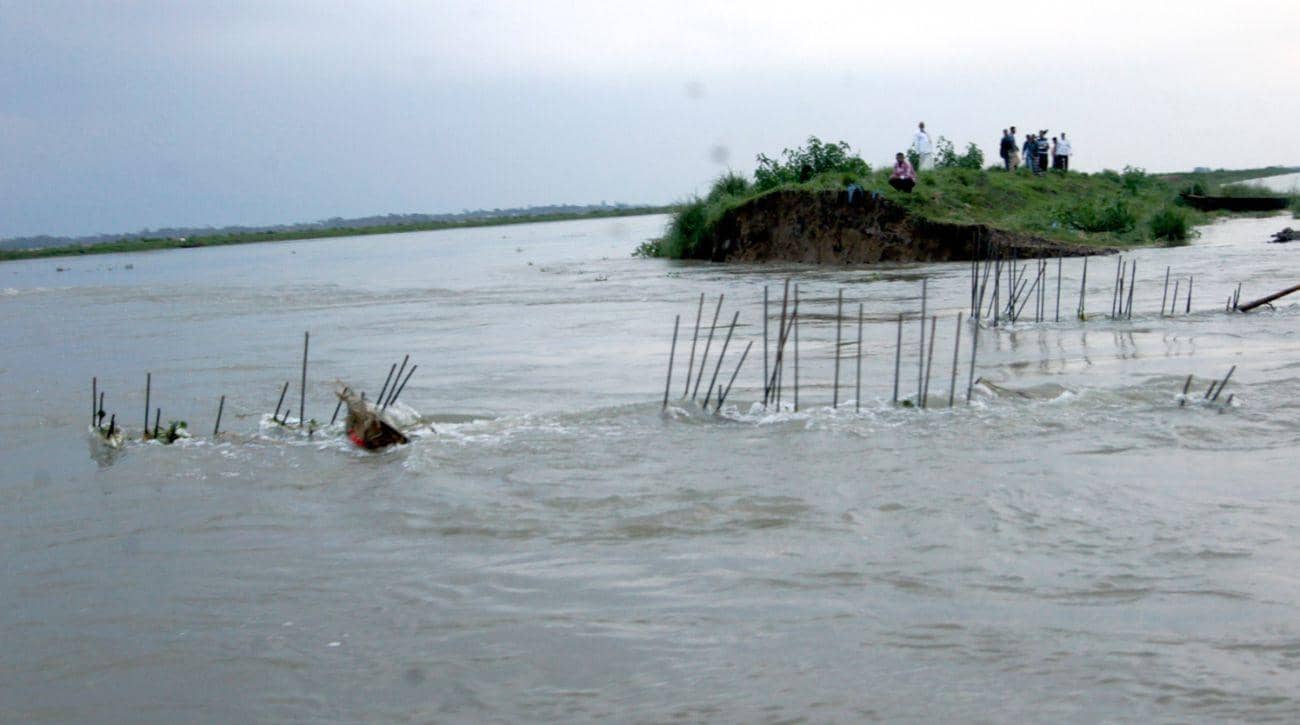
The topic of loss and damage from human-induced climate change has been a highly politically sensitive issue in international negotiations under the United Nations Framework Convention on Climate Change (UNFCCC) for many years with vulnerable developing countries, including Bangladesh, arguing in its favour and the rich countries arguing against it.
In recent years, there have been two breakthroughs in the negotiations in our favour. The first was the adoption of the Warsaw International Mechanism (WIM) on Loss and Damage adopted at the 19th Conference of Parties (COP19) in Warsaw, Poland in 2013 where a five-year work programme was agreed upon. In COP25 to be held at the end of 2019 in Santiago, Chile the review and future mandate for the WIM will be a discussion and decision point which is likely to be quite heated.
The second breakthrough was the adoption of Article 8 of the Paris Agreement at COP21 in Paris, France in 2015 where loss and damage was finally acknowledged as an issue separate from adaptation. The Article also highlighted the related issue of future climate migration due to loss of livelihoods of millions of people around the world who will be forcibly displaced as a result of human-induced climate change.
At COP24 held in Katowice in 2018, the taskforce report on forced displacement due to climate change was adopted to give this issue greater prominence.
However, despite these positive developments on loss and damage, there has been a distinct lack of progress on the issue of funding loss and damage (beyond insurance) which the developing countries will be pushing for at COP25 later this year.
One of the major impediments for developing countries has been the inadequacy of scientific knowledge and research on this important issue.
Fortunately, a recent scientific publication in the renowned international publishing company Springer titled “Loss and Damage from Climate Change: Concepts, Methods and Policy Options,” with over 20 chapters on different aspects of the issue written by over 30 experts from around the world (including myself), can help fill this gap in understanding and knowledge. The publication has addressed a number of key issues.
The first point is defining what we mean by “loss and damage” which has not been agreed upon until now. Many negotiators of developed countries think that it is simply a euphemism for liability and compensation.
However, in scientific terms, it refers to what happens when we reach the limits of adaptation (or fail to adapt adequately). A good example would be the wetlands of the haor basin in north-eastern Bangladesh which are prone to flash floods whenever there are heavy rains in neighbouring India.
Over the decades, Bangladesh has adapted to these conditions by building submersible embankments which allow the rice crops to remain dry when the initial floods arrive so that the crops can be harvested before any major water flows begin (which overflow the embankments and flood the entire haor basin). The people there live on little hillocks above the water level and they all have boats and nets for fishing which they can indulge in when there’s substantial water for a number of months during the monsoon season.
However, in the last few years, this form of “adaptation” has not worked as the major flash floods arrived much earlier and devastated the rice crops before they could be harvested. This caused enormous loss and damage in that area. So we need to think about whether we should build even higher embankments or just let the areas revert to being a wetland.
A second scientific issue that has plagued the discussion has been the inability to accurately account for how much of the loss and damage is due to human-induced climate change and how much is natural. As climate change adds to the intensity of hazards but does not cause them, we need to know how much we can attribute the hazards to human-induced climate change. There has indeed been very significant scientific progress on this front which now enables estimates to be made in real time on the additional intensity due to the one degree Celsius warming already attributable to human-induced climate change. Thus when the wildfires devastated California and Hurricane Florence hit North Carolina in the US last year, both events were said to be higher in intensity due to climate change. This is a major scientific breakthrough and, from now on, we can estimate how much of the loss and damage is attributable to human-induced climate change.
The third and final issue that has been addressed in the publication mentioned earlier is looking into ways to provide funding for loss and damage incurred and using a form of insurance called Index Based Insurance (IBI) to link payments to levels of climatic events such as hurricanes, floods or droughts. There have been a number of pilot programmes such as with hurricanes in the Caribbean, droughts in Africa and floods in Asia, including in Bangladesh. The scientific lessons coming out of these pilot insurance schemes show some, but only limited, success. The main problem with insurance as a tool is that it is good for people who own considerable assets and can afford to pay the insurance premiums but not so good for the poor who cannot pay. Even if the premiums for the poor are subsidised, it is not effective. Hence we need to go well beyond insurance as a means of funding loss and damage moving forward.
As we begin debating and discussing this issue prior to COP25 later this year, it is important that all the negotiators, both from developed and developing countries, read the latest scientific findings on this topic in order to reach a sensible decision to be made at the COP on funding loss and damage, going beyond insurance.
Originally this article was published on February 27, 2019 at Daily Star. The author Dr. Saleemul Huq is the director of the International Centre for Climate Change and Development (ICCCAD) at the Independent University, Bangladesh (IUB).
Email: saleemul.huq@icccad.net

